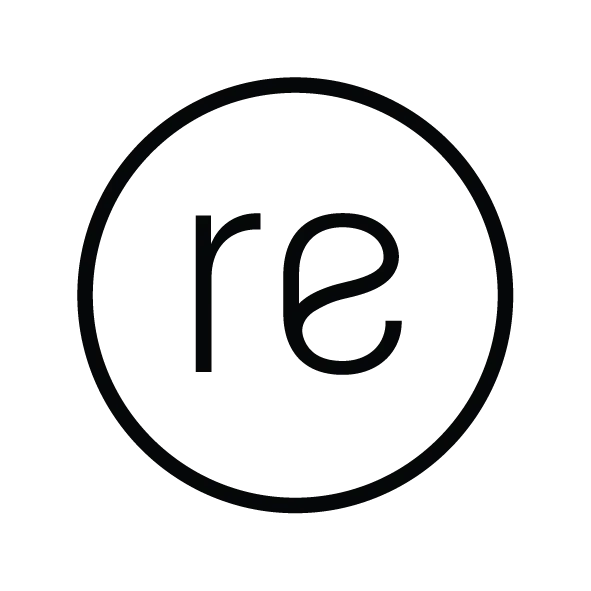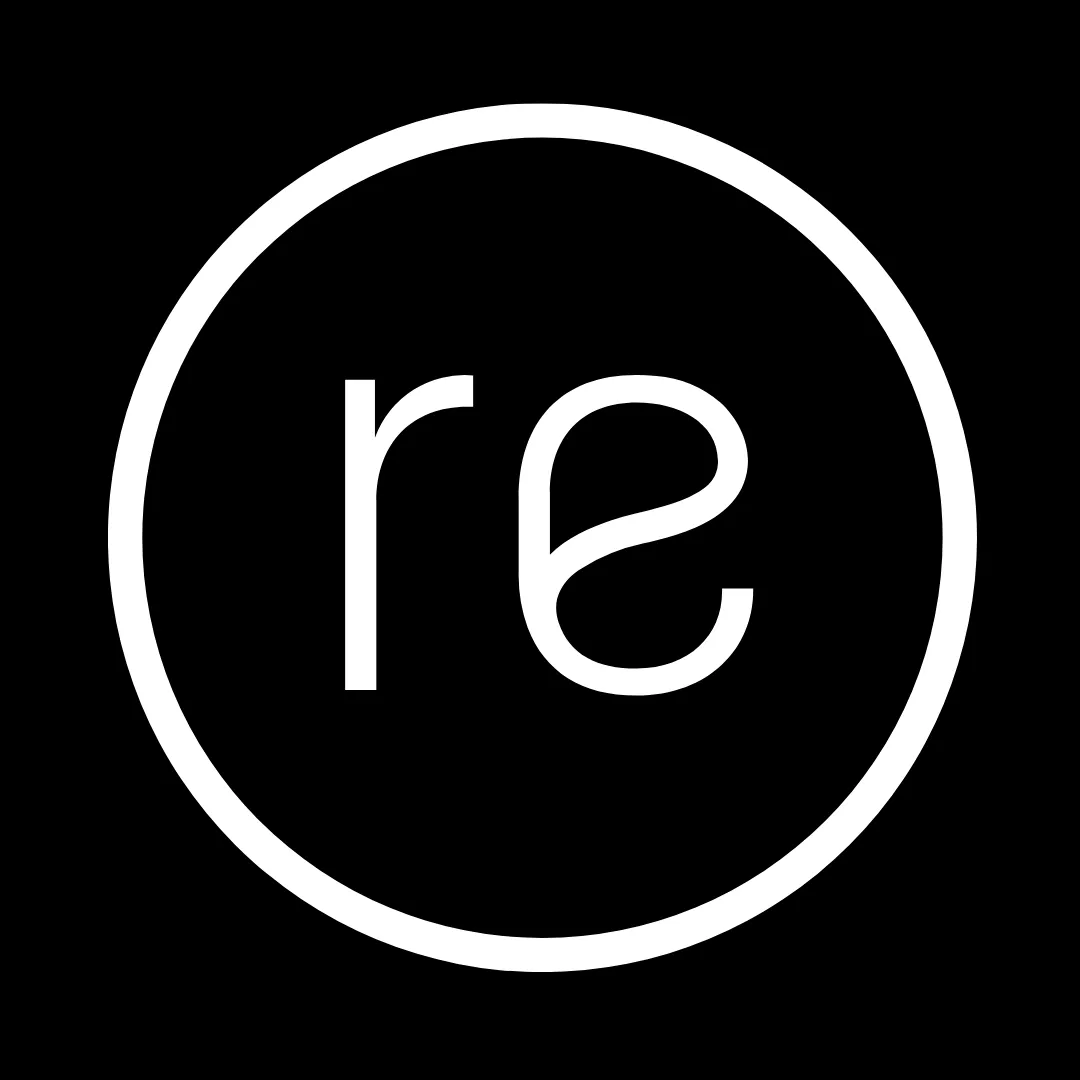
At reform, we make
health a lifestyle.
I'd like to:
Our centres are client focused, integrated and collaborative.
We offer private fully equipped weights gyms, pilates studios, allied health treatment rooms and community areas all complimented by our signature self service compression, ice bath and infrared sauna recovery therapies - we have every health option available for when you need it.
When you visit our centres, you can expect to be around other like-minded individuals committed to their own personal health journeys.
CLICK TO HEAR OUR CLIENTS STORIES
Getting started is easy..
Let's help you get going:
personal training
our highly experienced, passionate coaches help optimise your training, diet, sleep, stress, digestion and lifestyle to achieve outstanding lasting and life changing results.
our personal trainers are results driven, collaborative and have a total understanding of what you need to achieve your goals.
clinical pilates
clinical pilates is a form of gentle controlled exercise and body conditioning that focuses on improving your general strength, stability and endurance.
the benefits of pilates are both therapeutic and preventive focusing on core strength, posture, flexibility, balance, coordination, body awareness, and breath control.
recovery treatments
we have onsite ice baths, infrared saunas and compression boots all designed to speed up recovery and get you back performing at your best.
some benefits to recovery include reducing inflammation, relaxing the nervous system and increasing blood flow around the body.
physiotherapy
physiotherapists specialise in the structure of the human body, its movement are involved in the assessment, diagnosis, planning and management of patient care.
our physios work with people to treat all types of injuries and musculoskeletal conditions as well as chronic health conditions such as diabetes, obesity, osteoarthritis and stroke.
strength, conditioning & rehabilitation
we are experts in strength and conditioning for the rehabilitation and prevention of a wide range of conditions, including low back pain, muscle and joint injuries and tendinopathies.
our strength and conditioning coaches will assess your individual needs and tailor programs to address your specific goals and concerns and get you back to performing at your best.
mindset coaching
mindset coaching supports individuals by addressing challenges using empathy, understanding and professionalism to working towards personal outcomes.
our counsellors use a range of therapy models including person-centred therapy, cognitive behavioural therapy (cbt) and acceptance commitment therapy (act).
naturopathy
naturopathy is a system of natural medicine that uses therapies to support healing and achieve optimal health for your bodies internal systems.
our naturopaths combine scientific evidence with traditional remedies that treat the whole person, and focus on the cause of the issues, not just the symptoms.
remedial massage
massage is proven to release and reduce tension in muscles while helping the body to relax and improve circulation.
If you need help with muscle strains, aches and pains, need a little extra help with rehab after injury or simply want to improve your performance, massage, dry needling or cupping may be for you.
Our clients can do a lot at Reform but here's what they usually ask for:
They want to tone up, lose weight, get fitter, healthier and stronger in the gym.
Our Recommendation:
Personal Training & Nutrition (Private)
At Reform our personal trainers know that achieving optimal health, body composition, health and performance outcomes requires a multi-faceted, tailored approach with diet and exercise only forming part of the equation - that is, we know cookie-cutter plans don’t work!
The key to looking, feeling and performing at your best lies in managing and optimising your sleep, stress, digestion, lifestyle, training and nutrition.
By working with one of our highly experienced and passionate personal trainers, you will be provided with everything you need to achieve your full potential, including tailored training programs, bespoke nutrition plans, and supplementation recommendations.
45min and 60min personal training session options - starting at $50 per session - READ MORE
They want to feel stronger, increase flexibility and move better to build confidence.
Our Recommendation:
Pilates 1:1 (Private) and 3:1 (Semi-Private) Classes
At Reform our pilates instructors provide a controlled form of training that helps improve strength, endurance and flexibility while helping to assist in your overall health and fitness.
Our instructors know that the key to moving better is to have increased flexibility, functionality and stability. Pilates uses a full-body approach suitable to people of all abilities, ages and genders.
Flexibility is achieved through core-powered muscle engagement which helps increase overall range of motion. Functionality develops when the core and muscles are strong and stable working in tandem with the superficial muscles of the truck supporting the spine. Stability is achieved when the spine is aligned supported by the core and bones.
When you work with one of our highly experienced instructors, they will ensure you have everything you need to achieve your goals including development of any tailored programs or lifestyle recommendations.
45min pilates session options - starting at $40 per session - READ MORE
They're about to or have just had a baby and are looking for a lower impact training option.
Our Recommendation:
Pilates 1:1 (Private) and 3:1 (Semi-Private) Classes
Personal Training & Nutrition (Private)
At Reform we understand how difficult it can be for new and expectant parents to remain involved in their health and fitness.
Our pre and post natal pilates instructors are trained to ensure any of your specific concerns resulting from pregnancy are addressed in a private, confidential and supportive manner - and if you need to bring bub to your session, don't worry - we've got you. Just bring them along knowing you won't inconvenience us simply pop them down beside the training area and get on with your session.
Then, when you're ready our clinic offers a variety of training solutions to help you manage or get back into your health and fitness. Using our fully equipped pilates and onsite gym, we've got all elements of your health journey covered.
45min pilates session options - starting at $40 per session - READ MORE
45min and 60min personal training session options - starting at $50 per session - READ MORE

Mon-Fri 9-7 / Sat 10-1 (By Appointment)
Copyright 2024 - All rights reserved